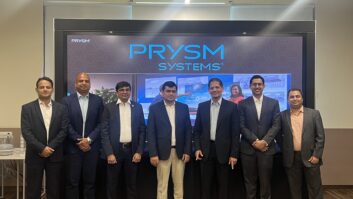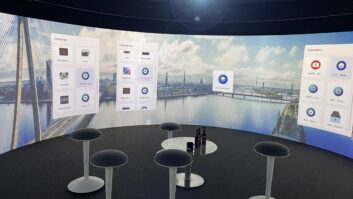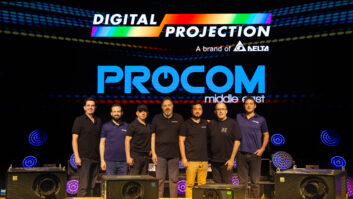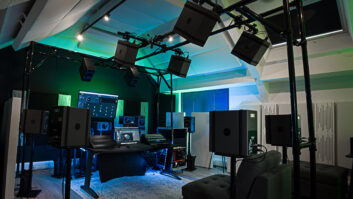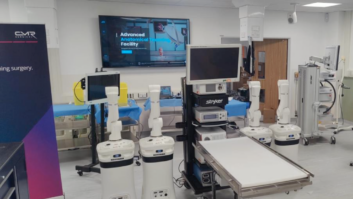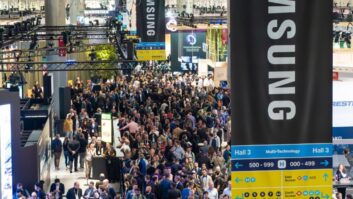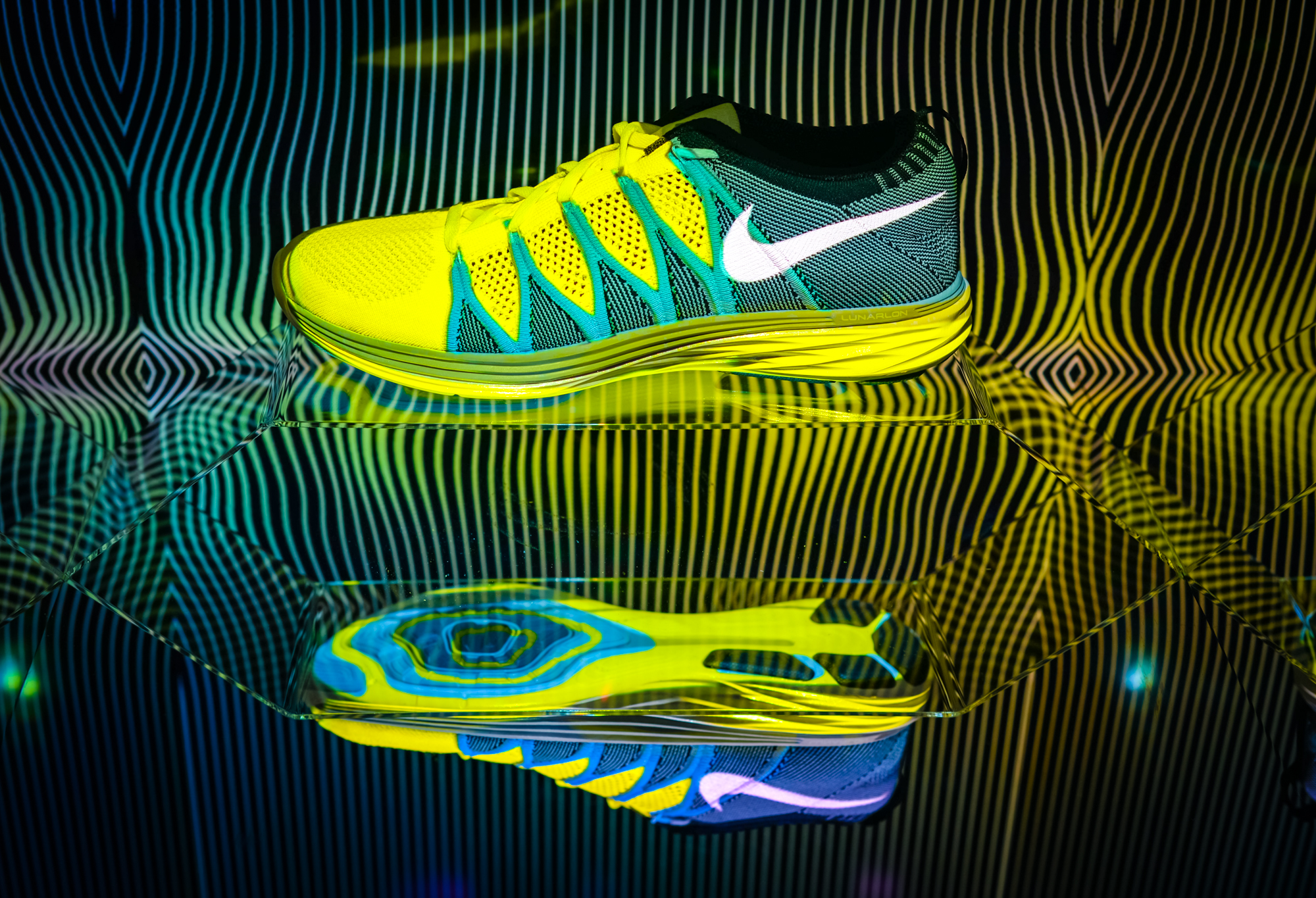
Projection Artworks is mainly known for its large-scale event-based projection mapping projects. For instance, to promote the Bear Grylls TV programme Escape from Hell, it created a projection onto Battersea Power Station that appeared to set the landmark building on fire. However, through its DisplayMapper division, the company is moving into smaller-scale 3D mapping applications with a longer shelf-life.
“Four or five years ago, LCD was the only choice for retail, but these days projectors are more affordable, more reliable and have longer lifecycles. We’ve got the education market to thank for this,” said Tom Burch, Projection Artworks’ founder and director. Additionally, displays have become such a widespread part of the retail landscape that shoppers don’t always look at them; so the retail industry needs to raise its game and offer something more experiential.
DisplayMapper offers self-contained, daylight visible projection mapping technology for use in in-store displays. There are four basic elements to the technology: a “low-end” projector (there are 200 to 300 suitable models on the market, according to Burch); a wireless router; a small form-factor PC; and the DisplayMapper app. “There’s nothing you would normally associate with a projector install – no keyboard, no monitors, no cable runs,” he pointed out. Content can be downloaded from the Cloud and stored locally on the PC, meaning that the same campaign can easily be rolled out to any number of locations.
The mapping app is designed to be used by non-technical staff: it’s simply a matter of tapping the screen of an iPad to drag key points in the content onto the corresponding corners of the projection surface. This also means, said Burch, that – for the more straightforward examples, at least – companies can often use their regular designers and create content in 2D, which the software converts into 3D. He added that, over a three-year period, the cost of a DisplayMapper installation could be as low as £5-£10 per day. “So this is not just the domain of the flagship store.”
When I visited Projection Artworks’ studio in London, Burch showed me a number of applications of the technology, including the off-the-shelf MirrorBox offering, which is available for purchase or for hire. This features content that is both projected down onto the product being displayed and reflected up again by an ingenious selection of mirrors – so that the item is fully immersed in projected content. At the same time, an HD display in the back of the unit plays out additional video.
Because the projection is concentrated onto a relatively small area, the resolution is extremely high: in a demo with a Nike trainer, the content exactly matched the design of that specific shoe model, with separate parts of the shoe highlighted in different colours as the video imagery swept across its surface.
There were other DisplayMapper concepts on show alongside MirrorBox. One featured three Nike trainers on a wall display: as well as the colours of the shoes appearing to change, there was a line of text scrolling underneath each one. Burch explained that the wording could be replaced with live text from an RSS feed at appropriate moments – for instance, when a Nike-sponsored football player scored a goal.
There are other ways in which people can interact with the technology. For instance, in a display of mobile phones, the content being run on the display could be streamed to one of the phones when a customer picks it up.
Projection Artworks can offer a consultancy service for DisplayMapper – building the displays, trialing them and rolling them out; alternatively it can simply sell the product to integrators or direct to retailers.
A final point from Burch: “This isn’t just for point of sale applications. It could just as easily work for window displays, alcoves, mannequins and other display systems.” Maybe this could be the start of projection mapping becoming as commonplace in shops as LCD displays are now?

